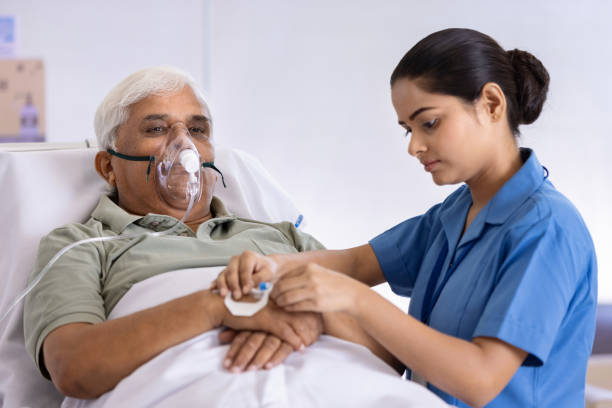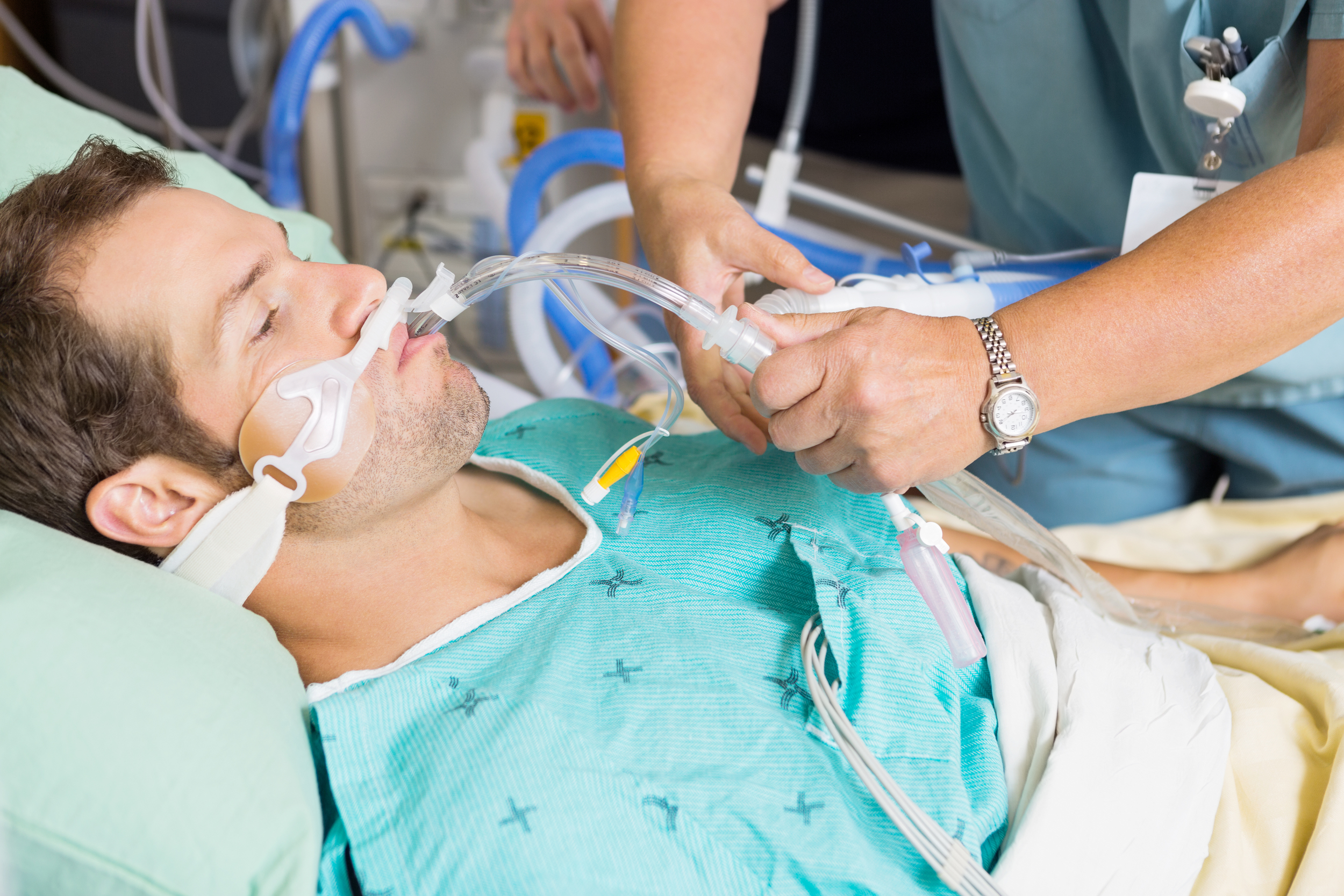Introduction
The efficient and safe delivery of oxygen in a hospital setting is crucial for the well-being and recovery of patients with respiratory issues or those undergoing surgical procedures. Hospitals rely on a well-structured system to ensure that oxygen is readily available to meet the needs of patients throughout the facility. In this article, we will explore the steps and methods involved in transporting and delivering oxygen within a hospital.
Oxygen Storage and Supply
Hospitals have central oxygen storage areas where oxygen cylinders or bulk liquid oxygen is stored. These storage systems are equipped with safety features such as pressure relief valves and temperature controls to ensure the integrity of the stored oxygen.
Piping Systems
Hospitals use a network of oxygen pipelines that run throughout the facility to deliver oxygen to patient care areas. These pipelines are color-coded and clearly marked to prevent confusion with other gases.
Pressure Regulation
Oxygen pressure regulators are essential components that control the flow and pressure of oxygen as it leaves the storage system and enters the hospital’s piping network. These regulators ensure a consistent and safe flow of oxygen to patient areas.

Patient Connections
Oxygen outlets are strategically placed in patient rooms, recovery areas, and operating rooms. These outlets are equipped with flowmeters and pressure gauges to allow healthcare providers to adjust oxygen flow rates as needed for each patient.
Delivery Methods
Nasal Cannulas and Masks: The most common method of oxygen delivery to patients is through nasal cannulas or masks. These devices are connected to the oxygen outlet and provide patients with the appropriate oxygen concentration.
High-Flow Oxygen Delivery Systems: In cases of severe respiratory distress, high-flow nasal cannulas and non-invasive positive pressure ventilation (NIPPV) systems may be used to deliver higher concentrations of oxygen.
Ventilators: Patients in critical condition or undergoing surgery may require mechanical ventilation through ventilators that deliver precise oxygen concentrations and controlled airflow.
Monitoring and Safety
Hospitals employ oxygen monitoring systems that continuously track oxygen levels and pressure in the pipelines. Alarms and alerts are set up to notify staff of any deviations from the desired parameters.
1-1024x1001.jpg)
Emergency Backup
Hospitals have backup oxygen supplies, including portable oxygen tanks and emergency oxygen masks, to ensure that oxygen is available even in unexpected situations such as power outages.
Staff Training
Hospital staff, including nurses, respiratory therapists, and physicians, receive training on the safe use of oxygen delivery systems, including how to monitor and adjust oxygen flow rates.
Conclusion
The efficient and safe delivery of oxygen in a hospital is a critical component of patient care. Hospitals invest in robust systems, infrastructure, and staff training to ensure that oxygen is readily available to support patients’ respiratory needs. By maintaining a well-structured oxygen delivery system, hospitals can provide the highest level of care to patients with respiratory conditions and those undergoing medical procedures.
Why Choose Us?

CNMEDITECH is dedicated to the long-term research of the medical equipment market. Our mission is “People oriented and win-win strategy,Matching the real needs of the region with a focus on human health,To be the world’s first-class medical field solution expert”.We have been manufacturing high-quality medical device products for more than ten years.
We have built our reputation on delivering quality healthcare solutions on time and on budget.All our products comply with international health and safety regulations and all products come with a warranty.
Are you still worrying about your customer’s product needs?Are you still angry that the product is expensive? We have various medical equipment and support personalized product customization.
Our company has many styles to choose from.In addition, we have high-quality pre-sales consulting guidance and professional after-sales service, all to meet your needs.
Whether it is a cost-effective or high-end product, there will always be something suitable for you.If you have any needs for products, you can ask us, our factory will meet your needs as soon as possible, and we will make every effort to provide you with solutions.Feel free to send us your inquiries.








